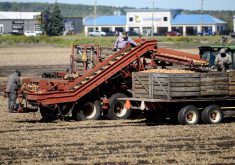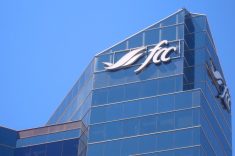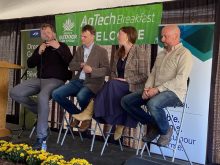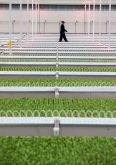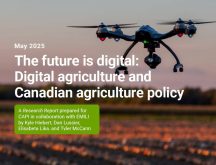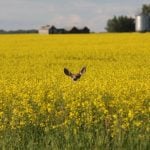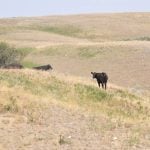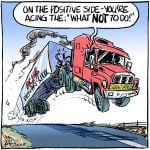Addressing the gap between research dollars and industry needs is critical to encourage technology development of value to farmers.
The Livestock Research Innovation Corporation symposium panel discussion between academics, investors and those in the agriculture and agri-food sector focused on that gap.
Why it matters: Funding for agricultural technology can be wasted when it doesn’t align with farmer and industry needs.
Read Also
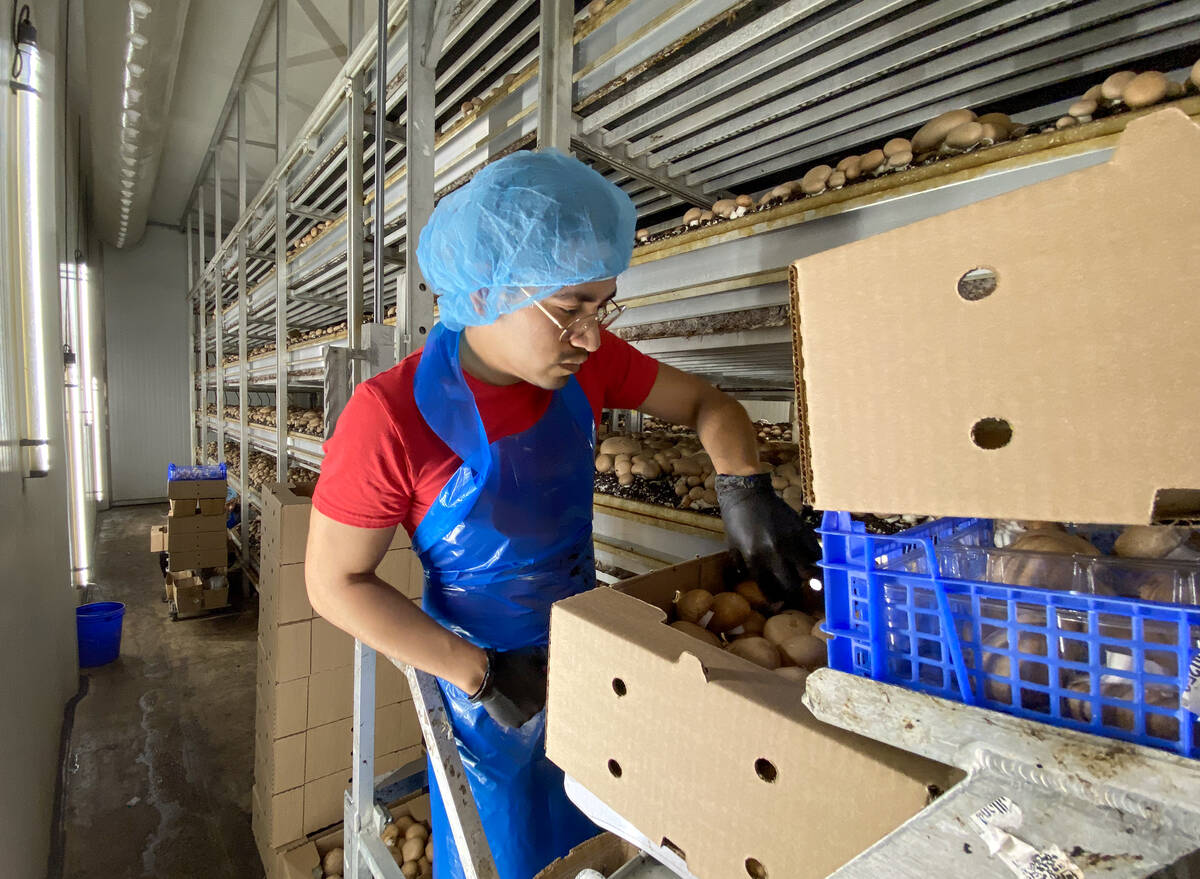
Ontario’s other economic engine: agriculture and food
Ontario Federation of Agriculture president, Drew Spoelstra, says Ontario’s agriculture and agri-food sector should be recognized for its stability and economic driving force.
Darrell Petras, CEO of the Canadian Agrifood Automation and Intelligence Network (CAAIN), said too often innovation and research follow funding criteria instead of aligning with industry needs.
“It’s town hall meetings like this where knowledge transfer happens both ways,” said Petras. “It’s talking to your end user, your customer, your farmer, your producer, hearing from them and making sure there’s alignment. Quite honestly, we could do more of it.”
As one example of successful knowledge transfer, he said more dairy farmers use robotic milkers now that their reliability and efficacy have increased and the price has decreased.
“At least 30 per cent of dairies — pick your province — are robot dairies.”
In the layer sector, Quebec-based hyperspectral imaging innovators MatrixSpec are improving on existing European technology for pre-incubation sexing of layer eggs. However, the Canadian company’s development of a less invasive, user-friendly technology is slow because access to financial resources is slim, and it counts on programs like CAAIN to reach the finish line.
CAAIN invests public funds, matched by private capital, to help new, early-stage technology reach the market. The program has converted $30 million in public funds to approximately $100 million through private capital matching.
“That’s a pretty good return. We know venture capital is dipping right now, so there’s even more need for organizations like ours,” Petras says.
CAAIN primarily invests in academic smart farms, often attached to government funding, because they have the capacity to test technology against industry standards using fixed or appropriate study protocols.
“These are great farms where we can validate and demonstrate technology in a real-world environment,” says Petras. “But I think there’s still a need and an opportunity to bring in commercial farms like (fellow panellist) Chris and have them more connected.”
Dairy farmer Chris McLaren, owner of Larenwood Farm, lauded the potential of artificial intelligence to assess on-farm environments, find energy efficiencies and address labour shortages.
He said technology that scans livestock for abnormal movement, including time at the feeder, clustering habits or health indicators, would provide insight often missed by the human eye. Using that information, he could quickly treat animals and adjust feed and barn ventilation, saving money and time.
While McLaren’s focus is dairy cattle, the technology could be modified to meet the needs of the poultry, hog, goat and cattle sectors. It could also inspect livestock processing facilities while maintaining traceability and health and welfare concerns.
“One of the barriers right now (for processing facilities), especially on a small scale, is that there needs to be a government inspector,” said Randy Jackiw, with the Ontario Ministry of Food, Agriculture and Agribusiness. “If they’re not available, then (the facility) can’t run, and they work for half days.”
Jackiw suggested that livestock processing facility innovation could become foolproof without continuous human verification.
Ontario Pork director Karen Sanders said livestock technology has to be affordable.
“I think it’s the financial side of things that maybe are distancing the farmers a little bit from all of this great stuff.”
Additionally, if service to fix the technology isn’t accessible, the technology becomes a hindrance more than a help, added Evan Chaffe, Beef Farmers of Ontario policy advisor.
Petras agreed that adoption is an integral piece of the innovation puzzle. If return on investment can’t be proven financially or via practical application of the technology, it isn’t the right solution.




